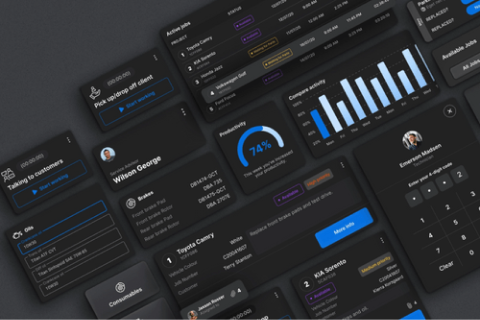What if tomorrow, Google stopped sending clicks to your website? That’s the reality businesses are waking up to as AI takes over search. Instead of ten blue links, users now see instant answers from tools like Google’s AI Overviews, ChatGPT, and Perplexity.
Great for the searcher — but what happens to your traffic when no one needs to click?
This is where Artificial Intelligence Search Engine Optimization steps in. It’s not about chasing algorithms the old way; it’s about making your content trustworthy, clear, and structured so that AI engines choose you as the source.
In 2025, ranking isn’t just about being on page one — it’s about being cited in AI answers.
In this article, you’ll learn the new rules for ranking in an AI-first world. We’ll break down how AI search engines work, why traditional SEO isn’t enough anymore, and what steps you can take today to protect and grow your visibility.
What Exactly Are AI Engines (and How Do They Work Differently from Traditional Search)?

AI engines are systems powered by advanced machine learning models and large language models that generate direct answers instead of only showing links. Unlike traditional search engines, which crawl and rank web pages, ai driven search engines focus on user queries and produce responses in real time.
This makes them feel more conversational, but also changes how engine optimization must be done.
How Generative AI Engines Work
Generative ai engines process natural language queries from users and give back ai responses that feel human. Instead of sending people to many search engine results pages, these ai systems generate a direct summary.
This shift in search behavior is powered by ai algorithms and natural language processing, which allow engines to understand search intent better than ever before.
- They scan web pages, documents, and user generated content.
- They use structured data and schema markup to better rank and index content.
- They rely on reputable sources to avoid errors.
- They give visual and interactive elements to create an enhanced user experience.
Because your target audience interact with these systems in a chat-like style, ai powered search engines often adapt to feedback in real time. This means high quality content supported with brand mentions and clear e-e-a-t signals has a better chance to be cited.
Another key point is how these engines differ from traditional seo tactics. Old seo focuses on backlinks, keyword research, and avoiding keyword stuffing. By contrast, geo strategies focus on making ai responses more likely to quote your content.
In short, geo optimizes content for generative search engines rather than just for links.
When you create content for these ai driven platforms, it must be clear, structured, and show valuable insights. Adding long tail keywords, supporting user intent, and using generative ai tools helps engines deliver the right answers.
This form of engine optimization makes your content more useful to both human readers and machines.
Finally, generative ai platforms like Perplexity or Google’s AI Overviews rely heavily on data analysis to decide which sources get pulled in. If your site aligns with geo strategies, it can significantly boost source visibility and user engagement.
That’s why many experts see geo replacing seo in the near future — because it adapts to how ai driven engines now rank and cite content.
AI Engines vs. Traditional Search
Ai driven search engines are changing how people find information. Unlike traditional search engines, they don’t just rank web pages but generate ai responses to user queries in real time.
In short, while traditional seo efforts still matter, generative engine optimization geo is becoming the key to staying visible.
Ai driven platforms now rank and index content based on how well it meets search intent, user engagement, and e e a t standards, making geo strategies essential for long-term success.
8 Benefits of Searching with AI Platforms

Searching with AI platforms has changed how people find and use information. Instead of long lists of links, users now get quick answers, summaries, and insights that feel more natural. Let’s look at the main benefits one by one.
1. Faster, Direct Answers
AI platforms remove the wait by giving quick results without clicking through many pages. They are built to understand natural language and provide direct solutions to user queries.
- No more scrolling through search rankings just to find one fact.
- Instant clarity when you ask a simple or even a complex question.
- Saves time for both businesses and human readers who need fast knowledge.
This speed creates a smoother experience and improves overall user engagement.
2. Better Content Quality
AI platforms often highlight high quality content because they value trust and clear explanations. They avoid keyword stuffing and pull from reputable sources that show e e a t signals.
- Answers are drawn from structured data and well-written articles.
- Clearer formatting with bullet points makes it easy to scan.
- Content with relevant keywords is more likely to be chosen by ai systems.
This shows how geo optimizes content for both people and machines.
3. Contextual & Conversational Search
Unlike traditional search engines, ai driven search engines allow users to ask follow-up questions. This creates a natural flow, like chatting with a person.
- The engine remembers user interaction seo patterns and adapts answers.
- Conversational style makes complex topics easier to understand.
- Helps users interact more naturally using long tail keywords.
This is where semantic search plays a big role, as it looks at the meaning of words, not just the words themselves.
4. Personalized and Adaptive Results
Generative engines adjust answers based on user intent. Over time, they can adapt to personal preferences, making the results feel more useful.
- Responses can vary for beginners versus experts.
- Suggestions adapt when users interact differently with the platform.
- Personalization helps improve overall search behavior and user experience.
This adaptive nature is one reason why ai powered search engines are replacing traditional search engines for many tasks.
5. Multi-Source Summarization
Instead of relying on one article, ai responses combine insights from multiple web pages. This makes results more balanced.
- Users see a quick summary with different viewpoints.
- Reduces the need to cross-check between many sites.
- Often includes structured data for clear comparison.
This approach gives valuable insights in one place, saving time for users.
6. Structured Insights
AI engines often present results in structured formats like tables, bullet points, or short summaries. This improves clarity.
- Easier to read for human readers.
- Supports geo strategies by making content machine-friendly.
- Helps search engines rank and index content faster.
By using schema markup and structured data, creators can make sure their content is ready for these structured outputs.
7. New Trust Signals
Users want to know if answers are reliable. AI engines now cite reputable sources and highlight brand mentions.
- Citing credible authors boosts trust.
- Linking to structured evidence improves authority.
- Helps content stand out in ai generated responses.
This shows how search intent and e e a t combine to give users confidence in what they read.
8. Continuous Improvement with New AI Tools
AI platforms are still evolving. With new ai algorithms and generative ai tools, answers will continue to improve.
- Google search console and other tools track how ai platforms use your content.
- Creators can adapt seo efforts to match how geo strategies are working.
- Future updates will significantly boost source visibility in ai driven engines.
This ongoing change means users will continue to see more accurate, useful, and engaging results.
10 The Must-Have AI Tools to Win Visibility in Generative Search engines
To win in generative engines, you need the right ai tools. Some are free, some are paid — but all of them can help boost visibility and improve geo strategies.
Free AI Tools
Free ai tools give you a solid start. They help you monitor, test, and fix issues in your site so that ai driven engines can easily pick up your content.
1. Perplexity.ai Search Monitoring

Perplexity shows how ai generated responses cite and use your content. It helps track brand mentions in generative ai engines.
Features
- Monitors if your site appears in generative search engines
- Tracks user queries and ai responses
- Helps understand search behavior and search intent
Best for: Brands that want to check visibility and citations in generative ai platforms.
2. Google Search Console (AI Visibility Features)
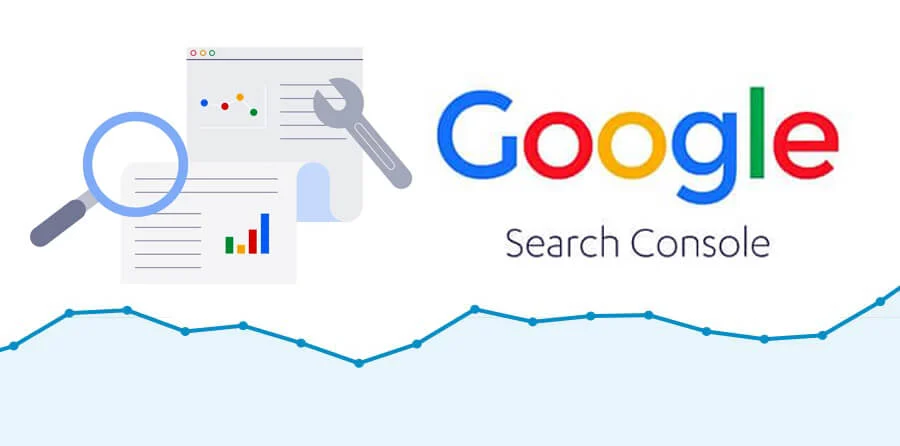
Google Search Console now highlights how your site shows up in AI Overviews. It connects seo efforts to geo strategies.
Features
- Tracks clicks, impressions, and search rankings
- Shows if web pages are used in ai powered search engines
- Provides structured data and schema markup insights
Best for: Website owners who want free insights into geo replacing seo.
3. Schema Markup Tools (Merkle Schema Generator, Schema.dev)

These tools make it easy to add structured data to your site. Structured data helps ai algorithms understand and display your content.
Features
- Generates schema markup for web pages
- Signals e e a t and high quality content
- Supports structured insights for better geo optimizes content
Best for: Teams that want ai driven platforms to better rank and index content.
4. Screaming Frog (Free Tier)

Screaming Frog crawls your site and finds technical issues. It ensures your web pages are optimized for both traditional seo and generative engines.
Features
- Crawls web pages for broken links and missing tags
- Flags schema markup issues
- Supports traditional seo tactics and geo strategies
Best for: Businesses needing a free tool to keep websites technically sound.
5. Custom AI Crawling & Benchmarking Scripts (Open-Source/Python)
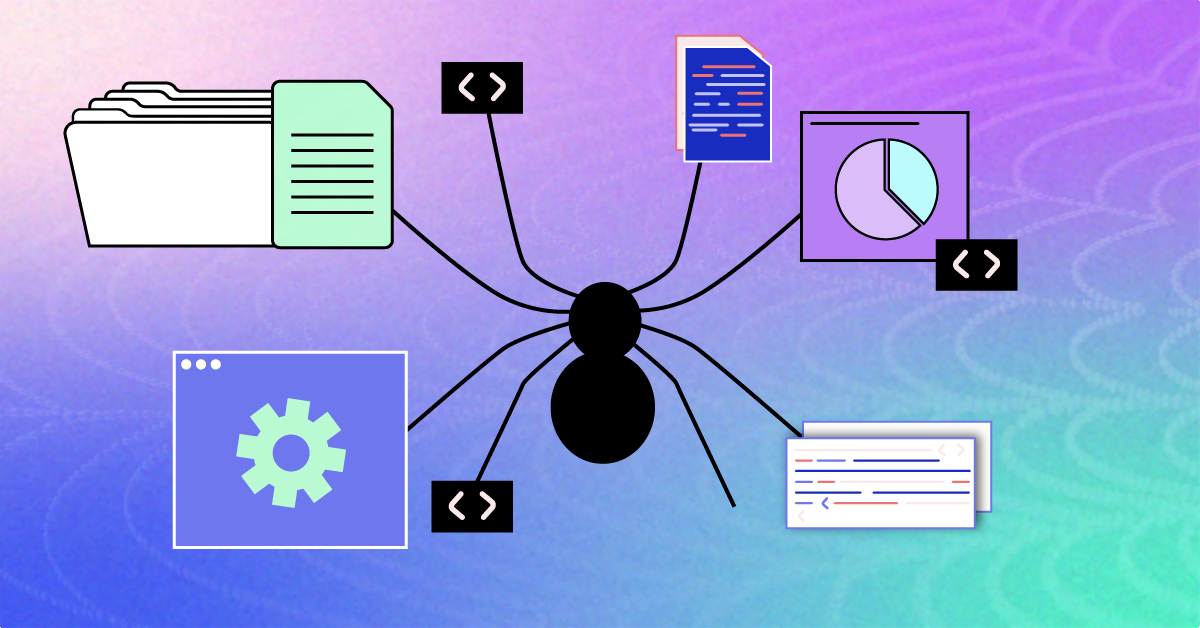
Custom scripts let you test how ai systems display your site. They help compare visibility across ai platforms.
Features
- Logs citations from ai generated responses
- Compares results across generative ai tools
- Supports data analysis and advanced machine learning models
Best for: Developers and brands needing deep control of geo strategies.
Paid AI Tools
Paid ai tools offer advanced tracking, content scoring, and semantic search insights. They save time while helping you create content that ai driven engines love.
1. AI Search Grader (HubSpot)
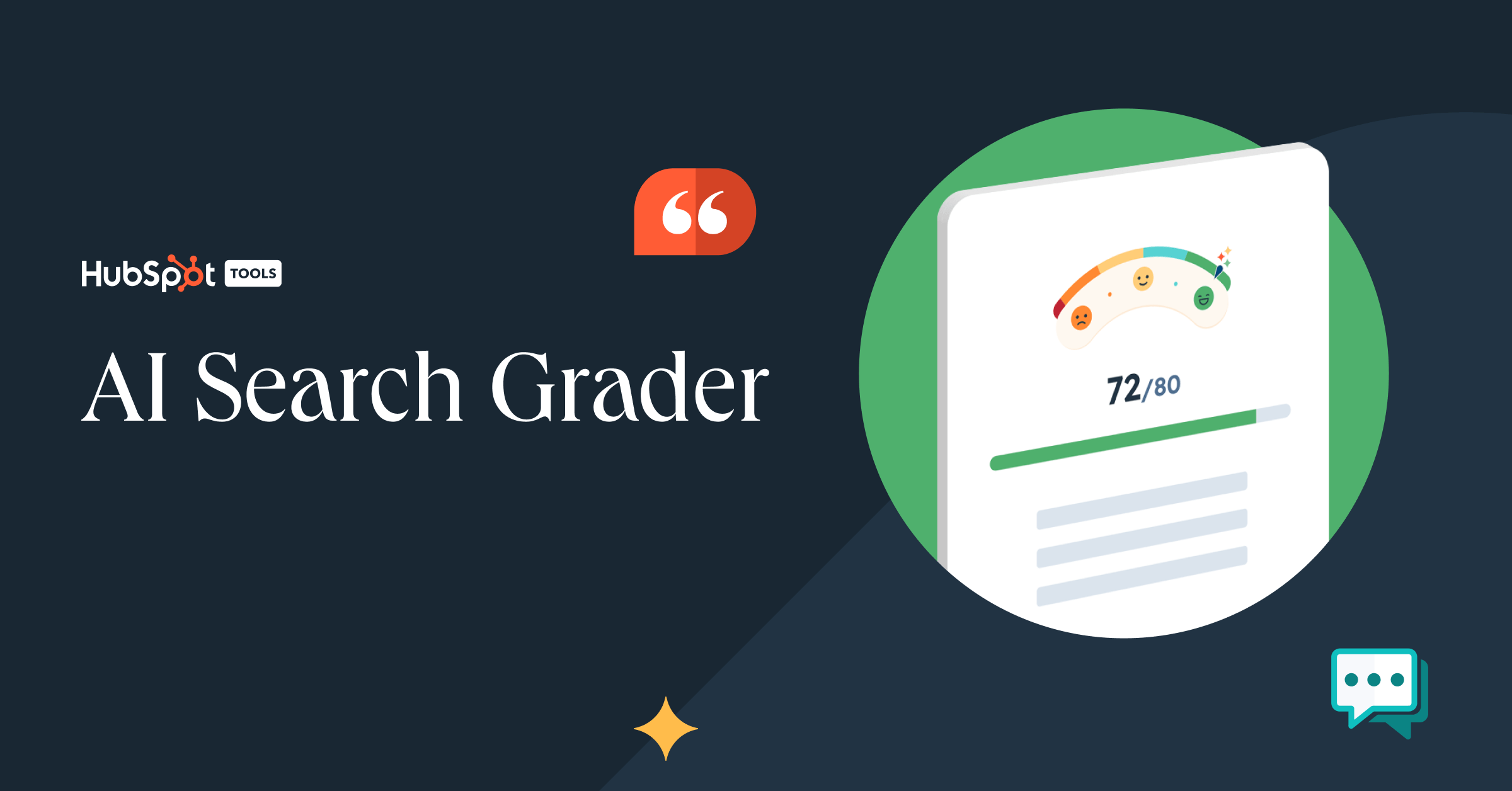
AI Search Grader shows how well your content performs in ai driven engines. It reveals gaps in AI Overviews.
Features
- Audits visibility in generative search engines
- Tracks brand mentions and user engagement
- Suggests improvements for engine optimization
Best for: Teams who want a quick geo audit with clear action steps.
2. Surfer SEO

Surfer SEO helps optimize content with data-driven guidelines. It ensures your pages balance seo focuses with generative engine optimization geo.
Features
- Suggests relevant keywords and long tail keywords
- Uses semantic search for better targeting
- Prevents keyword stuffing while keeping high quality content
Best for: Writers who want to create content for both human readers and ai systems.
3. Clearscope

Clearscope improves content by showing relevant keywords and structured suggestions. It ensures your content fits user queries.
Features
- Provides keyword research and optimization scores
- Helps align with search intent
- Supports structured data for geo optimizes content
Best for: Content teams aiming for consistent, optimized output.
4. MarketMuse

MarketMuse offers deep topic modeling and data analysis. It helps create content with strong e e a t signals.
Features
- Suggests topics and related keywords
- Tracks seo efforts against geo strategies
- Highlights structured data and schema markup needs
Best for: Brands building long-term content plans with geo strategies.
5. Frase

Frase builds outlines and answers directly matching natural language queries. It helps you create content that ai platforms can use.
Features
- Creates structured answers with bullet points
- Supports user interaction seo with FAQs and summaries
- Optimizes content for generative ai platforms
Best for: Teams needing fast content creation aligned with search intent.
Is Searching with AI Always Safe? The Risks You Need to Understand

Searching with ai platforms feels quick and easy, but it comes with real risks. To use ai driven search engines wisely, you need to know where they fall short and what dangers they can bring.
1. Risk of Inaccurate or Hallucinated Answers
AI engines sometimes generate answers that look correct but are actually wrong. These are often called hallucinations, and they can mislead users.
- Answers may sound confident but lack factual support
- Can cause wrong decisions if human readers rely too much on ai responses
- Errors happen when ai algorithms misinterpret user queries or data
This risk shows why cross-checking with reputable sources is still needed.
2. Lack of Source Transparency and Weak E-E-A-T Signals
Unlike traditional search engines, generative engines don’t always show clear sources. That makes it hard to judge expertise, experience, authority, and trust.
- Missing citations reduce trust in ai powered search engines
- Weak e e a t signals can lower content credibility
- Limited brand mentions affect visibility and user engagement
Without transparency, users interact with answers that may not hold real value.
3. Over-Simplification of Complex Topics Despite Strong Content Creation
Generative ai engines often simplify complex topics too much. Even if you create content with depth, ai generated responses may cut it down.
- Detailed points get lost in short summaries
- Important context may disappear in ai responses
- Users may miss valuable insights that exist on original web pages
This shows why content creators must use schema markup and structured data for clarity.
4. Limited Freshness for Breaking News
AI driven platforms don’t always reflect the latest events. Search rankings for real-time stories are often stronger in traditional search engines.
- AI systems rely on data that may not update quickly
- Breaking news can show delayed or outdated facts
- Generative search engines may miss new brand mentions or updates
This makes them less useful for urgent news compared to search engine results pages.
5. Bias in Training Data
AI algorithms learn from data — and if the data is biased, the answers will be too.
- Can favor one view while ignoring others
- May limit balanced insights for human readers
- Bias in training data can distort user queries and ai responses
Understanding this helps users interpret answers with caution.
6. Reduced Brand Visibility Without Generative Engine Optimization
Without generative engine optimization geo, brands risk being left out of ai responses. Unlike traditional seo tactics, geo strategies are now key.
- Geo optimizes content for generative ai platforms
- Missing structured data or keyword research lowers visibility
- Can significantly boost source visibility if done right
Brands must adjust seo efforts to appear in generative search engines.
7. Privacy Concerns
AI systems process large amounts of user data. That raises privacy issues when users interact with these engines.
- Search behavior and natural language queries may be logged
- Risk of exposing sensitive data to ai platforms
- Lack of clear rules about how ai systems use personal data
Users need to stay aware and cautious about what they share.
GEO Case Study: How J6 Venture Went from 0 to Cited in AI Overviews in 60 Days
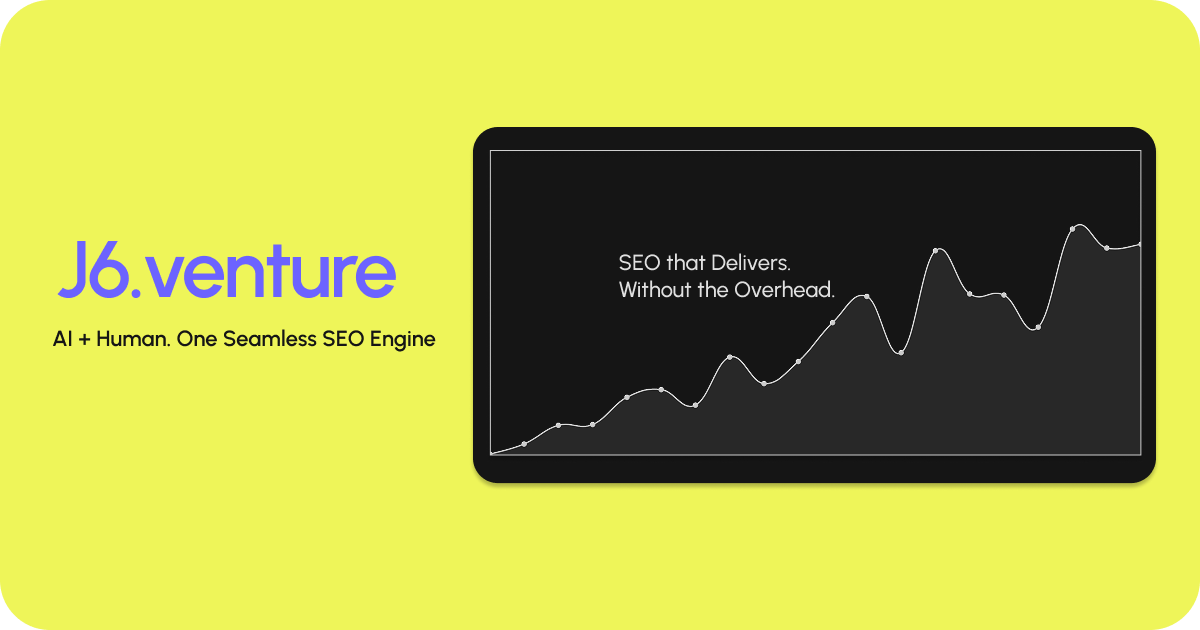
Breaking into AI Overviews is today’s version of page-one dominance—and it’s not easy. This case study shows how J6 Venture helped a client go from zero presence to cited in just 60 days using GEO strategies.
Headline:
E-commerce Brand Goes from Invisible to Cited in AI Answers—All in 60 Days
Challenge:
An e-commerce category expansion site had strong traffic but wasn’t appearing in AI Overviews—missing out on zero-click visibility despite investing in traditional SEO.
Strategy:
An AI-driven content strategy with structured, entity-rich content and schema markup to support generative engine optimization (GEO).
Execution:
- Built topic hubs aligned with user queries and industry terminology
- Added structured data (FAQ, HowTo schema) for clarity
- Blended AI-generated outlines with human edits for E-E-A-T and content quality
Tools/Methods:
- J6 Venture’s SEO content engine for rapid iteration
- Schema markup from schema.dev for structured insights
- Monitoring via Perplexity and Google Search Console for citation tracking
Closing Insight:
This case shows how J6 Venture’s AI-powered SEO engine, paired with precise human refinement, helped the client gain AI citations in just two months—without ballooning headcount or ad costs.
The 10-Point GEO Audit Checklist to Boost Your Visibility in AI Search
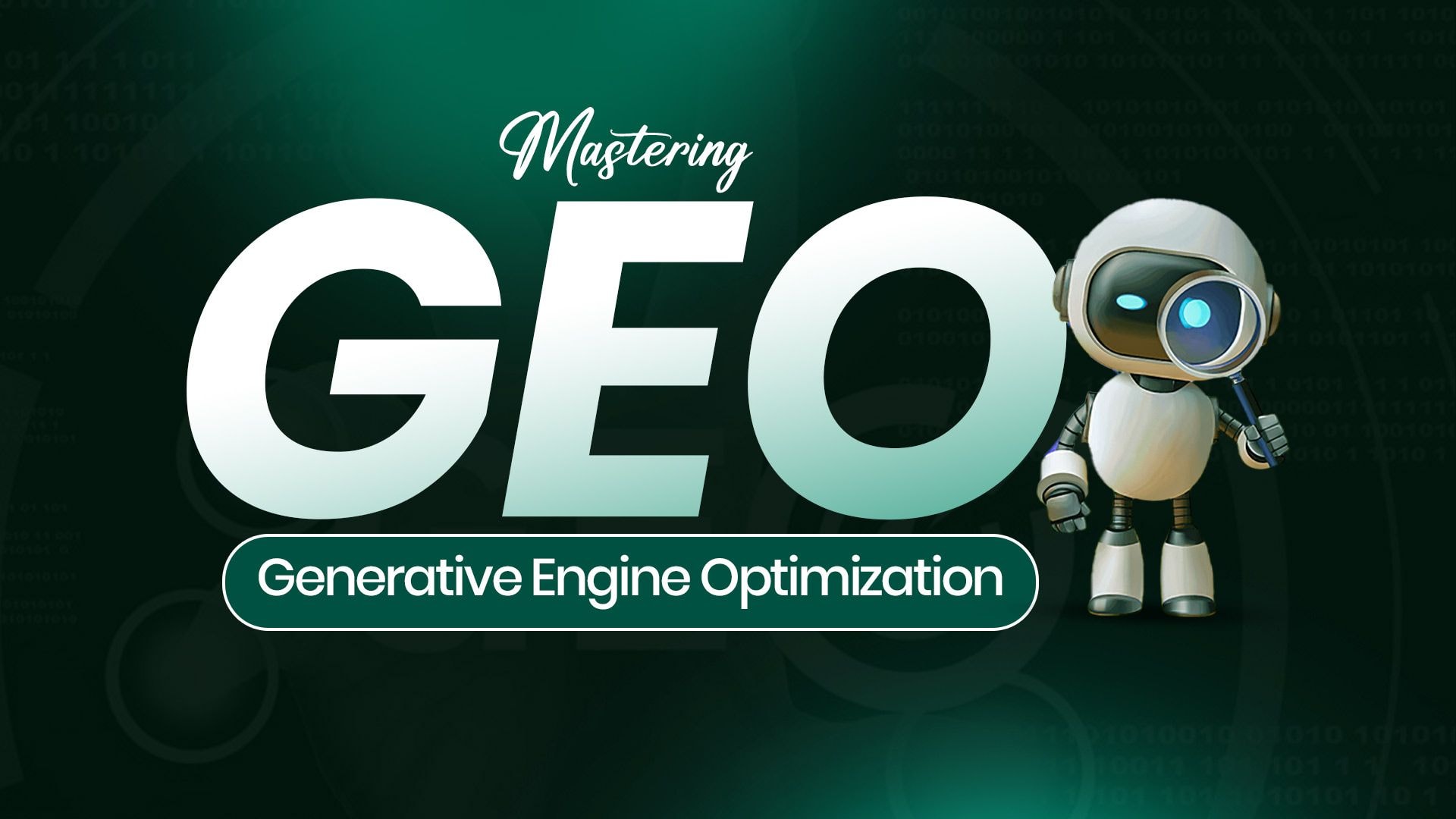
Running a GEO audit helps you see where your site stands for generative engine optimization. By checking these ten steps, you can improve your chances of being cited in AI-driven search engines.
1. Define Core Entities (Organization, Person, Product)
AI systems look for clear entities to understand what your site is about. Defining your brand, products, and people gives search engines a stronger signal.
- List your main organization, key people, and products
- Keep names consistent across web pages
- Add structured data to reinforce entity identity
Best outcome: AI engines can easily link your business with relevant user queries.
2. Create About, Contact, and Policy Pages
Unlike traditional SEO, GEO requires strong trust signals. Basic pages like About, Contact, and Policy show transparency.
- Write clear About page with brand mission
- Add a Contact page with real details
- Publish Privacy and Terms policies
This builds trust with both human readers and AI-driven platforms.
3. Add Author Bios and Credentials for E-E-A-T
AI algorithms value expertise and authority. Author bios support E-E-A-T and boost credibility.
- Add author photos and short bios
- Show credentials or experience
- Link to reputable sources if possible
Stronger bios help content rank and index content with more authority.
4. Implement Schema Markup (FAQ, HowTo, Product, Organization)
Schema markup helps AI-driven engines read your site faster. Structured data makes content easier to surface in search results.
- Use FAQ schema for direct answers
- Add HowTo schema for step guides
- Markup products and organization pages
This improves visibility in search engine results pages and generative AI platforms.
5. Ensure Fast, Crawlable, and Machine-Readable Pages
Generative engines reward speed and clarity. Slow or messy pages reduce your chances.
- Test page speed and fix errors
- Keep site navigation simple
- Ensure robots.txt allows crawling
A clean structure supports better data analysis by AI systems.
6. Add FAQ Sections with Direct, Concise Answers
User queries often come as natural language questions. FAQs meet this search intent directly.
- Add short answers (1–2 lines each)
- Cover common customer questions
- Use conversational wording
Clear FAQs make your content more GEO-optimized.
7. Optimize Content for Conversational Queries
AI-generated responses are built on natural language. Content should match how users interact with AI-driven platforms.
- Use long tail keywords shaped as questions
- Write with natural language processing in mind
- Avoid keyword stuffing
This helps content match semantic search patterns.
8. Include First-Hand Data or Case Studies for Content Quality
High quality content means adding unique data. AI platforms prefer insights not found elsewhere.
- Add case studies with numbers
- Share first-hand research or reports
- Use user generated content when relevant
This adds valuable insights that boost trust and authority.
9. Monitor AI Citations in Perplexity, ChatGPT, and AI Overviews
Monitoring shows if generative AI tools are citing your site. It helps refine GEO strategies.
- Track mentions in Perplexity.ai
- Check citations in AI Overviews
- Use Google Search Console for AI visibility
This helps you see if GEO optimizes content the right way.
10. Track Performance with an AI Search Grader Tool
You can’t improve what you don’t measure. AI Search Grader tools show how your pages perform in AI-powered search engines.
- Identify weak areas in content
- Measure visibility in generative search engines
- Adjust SEO efforts with data
This ensures your GEO strategies align with changing AI responses.
Conclusion
Now that you’ve come this far, it’s clear you’re not just curious — you’re serious about understanding how search is changing. The future of visibility online isn’t about chasing every new trick, it’s about staying adaptable, questioning assumptions, and building systems that can stand the test of change.
The real challenge is not whether AI will reshape search — it already has. The real question is whether you’re ready to adapt faster than your competitors.
Take the time to rethink how you approach visibility, not as a fixed goal but as an ongoing practice. Because in a landscape where answers are generated in real time, the brands that win are the ones willing to keep learning, testing, and improving.

.jpg)
.jpg)
.jpg)
.jpg)
.jpg)
.jpg)
.jpg)
.jpg)
.jpg)
.jpg)
.jpg)
.jpg)
.jpg)
.jpg)
.jpg)
.jpg)
.jpg)
.jpg)
.jpg)
.jpg)
.jpg)
.jpg)
.jpg)
.jpg)
.jpg)

.png)
.png)
.png)
.png)
.png)
.png)
.jpg)
.jpg)
.svg)

